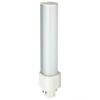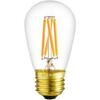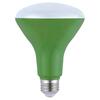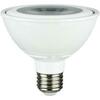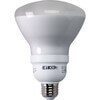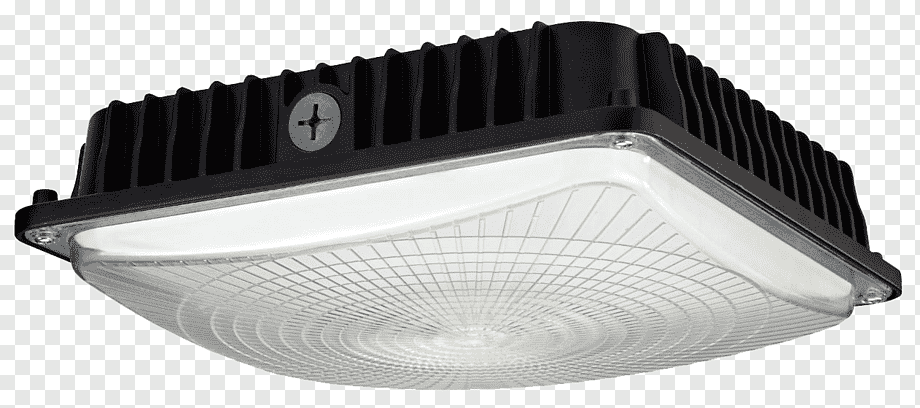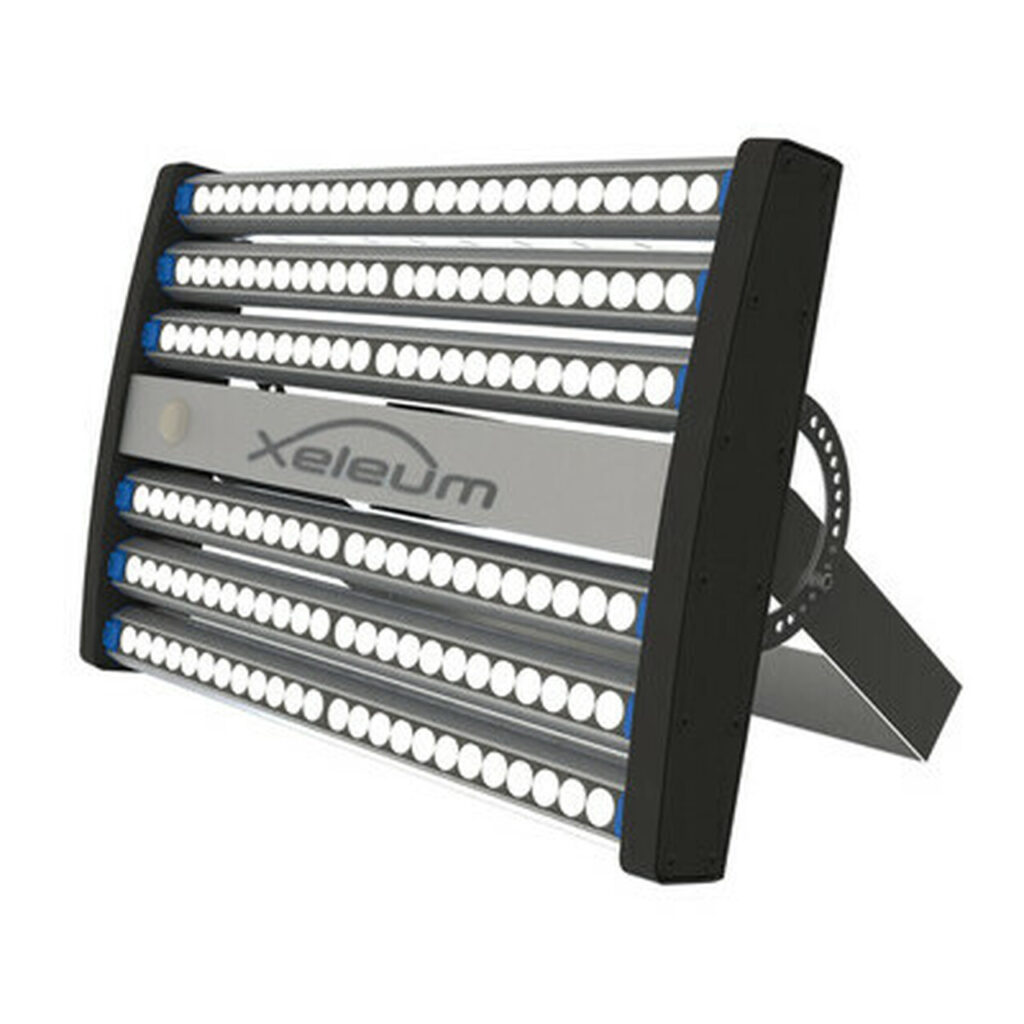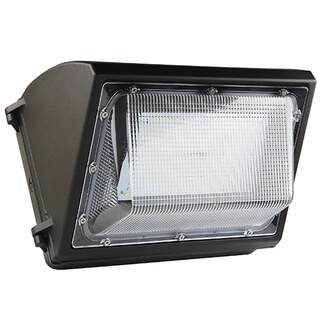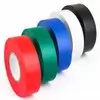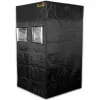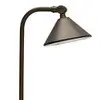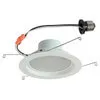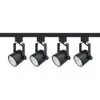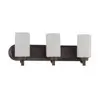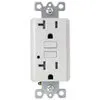The real stars of home décor are lightbulbs. They can improve the mood or make rooms appear larger and more intimate. They can also draw attention to a rare artwork or a chunk of exceptional furniture.
Upgrading the incandescent bulbs in your new home creates a welcoming atmosphere. It can also help lower your utility expenses.
If you’re looking to replace your incandescent bulbs but aren’t sure where to start, this is the guide for you.
Why Should You Replace Your Incandescent Bulbs?
There are three main reasons to replace your new home’s lightbulbs. These reasons are the following:
Cut Utility Expenses
Lighting accounts for around 15% of an ordinary home’s electricity use. When you replace your incandescent light bulbs, you get to light your home for less money.
Not only that, but you also get the same light output. It’s one of the quickest methods to lower your energy bills.
Reduce Carbon Footprint
It’s one of the most efficient ways to save electricity and lower your carbon footprint. Light bulb replacement can be costly, but they pay for themselves without a problem.
According to the US Energy Department, replacing your home’s light bulbs with more energy-efficient ones can save you $45 per year.
Create Your Wanted Atmosphere
Choosing the lightbulbs with the correct amount of brightness and color is crucial. It sets the mood for each of the rooms in your house.
Bright white light is what fits functional rooms. These are rooms such as the bathroom, kitchen, or home office. Whereas a soft, warm glow is ideal in leisure-oriented rooms such as the living and dining rooms.
Types of Light Bulbs
An incandescent light bulb replacement guide involves being aware of your choices.
The five most common kinds of lightbulbs on the market today give off comparable light. But, they differ in price and energy efficiency.
Incandescent Light Bulbs
This type of bulb used to dominate the residential lighting industry. Nowadays, people are phasing it out because of its low energy efficiency.
Incandescent bulbs are the least expensive to buy but the most costly to run. Replace these bulbs with one of the more energy-efficient types listed below.
Dispose of these lightbulbs in your regular trash bins. Avoid putting them in your recycling containers.
CFLs
Compact fluorescent lightbulbs work in the same as those long fluorescent bulbs. They’re coiled up tight to fit in standard light fittings.
These energy-saving bulbs cost more than incandescent lights. However, they are cheaper than LED bulbs. They take a while to warm up, but they last up to ten times longer than ordinary incandescent bulbs.
You recycle CFLs when broken because these bulbs contain mercury. Contact your local recycling and trash collection agency for more information.
Halogen
Halogen light bulbs are energy-saving bulbs that use up to 30% less electricity. They emit a bright white light that you can dim. They also have a lot of incandescent light bulb sizes.
These incandescent bulbs get hot, so keep them away from combustible things. They also have the shortest lifespan out of all the light bulbs.
LED
LEDs are the most recent lightbulbs sold on the market. They are also the most expensive and energy-efficient. They produce no heat, are bright right away, contain no mercury, and last about six times longer than CFLs.
“Integrated LED” refers to light fixtures with built-in LED lights. You dispose of LED lightbulbs in the same manner as other home waste. Check with your local recycling agency to see if they have a drop-off location.
Smart LED/Smart CFL
You can control, adjust, and schedule via an application, smart speaker, or home automation hub these smart LED/CFL light bulbs. This feature increases its energy efficiency. It also extends its lifespan and improves home security and safety.
What Should You Look For in a Light Bulb?
The brightness and hue of the lightbulb influence a space’s aesthetic and operation. Keep the following efficiency considerations in mind when selecting a new lightbulb:
Brightness
Lumens are the units of measurement for the amount of light emitted by a bulb. You measure the brightness required to achieve a given lumen level in watts.
Incandescent lights range in brightness from 450 lumens (40 watts) to 1,600 lumens (200 watts). Choose light bulbs with higher brightness levels for your kitchen or home office. Lower the brightness levels in your living room or lounge room to create a relaxed mood.
Color
You measure the color your bulbs emit in Kelvins. Warmer tones show lower temperatures, and cooler tones show greater temperatures.
A light color temperature of 5,000K produces a calm white light that mimics daylight. It is what’s ideal in your kitchen or bathroom.
Color temperatures of 2,700K to 3,000K are more suited to your dining or lounge room’s more intimate setting. They produce a charming, warm yellow or white hue.
CRI
Color Rendering Index shows how the hue of an object looks under the bulb’s light versus natural lighting. The greater the value, the more accurate the color representation.
The highest CRI value is in incandescent lights, come LEDs and CFLs. In areas where color accuracy is essential, such as a bathroom vanity or a home studio, go for a CRI of 80 or greater.
A House Guide to Lightbulbs
Are you unsure about the lightbulbs to use in your new house? This quick guide will help you get going with it:
- For kitchens, pick lightbulbs that provide 5,000 to 10,000 lumens. Under-cabinet lights are more practical, and recessed LEDs provide great main lighting.
- For living and dining rooms, set lightbulbs with low to moderate brightness levels. Color temperatures should be roughly 2,000K to 3,000K for a pleasant, soft glow.
- For bathrooms, opt for lighting that is moderate to bright. Look for vanity light bulbs with high-CRI specialty lighting. Don’t use CFLs because they might not last long in the bathroom.
- For bedrooms, low to moderate brightness and warm hues work great. Stray from cool-toned bulbs since they may disrupt your sleep even after they are off.
- For a home office, choose bright lighting and concentrated illumination. Cool-toned bulbs will aid in concentration and productivity.
Follow these guides for better lighting in your house. You may customize, but you can use this guide if you want the standard.
Replace Your Incandescent Bulbs Now
Now you know your way around incandescent bulbs. Replace your bulbs at home now so you can set the mood to each of your rooms and get that wanted atmosphere.
Check out our site to get started! We offer quality products and more information.















